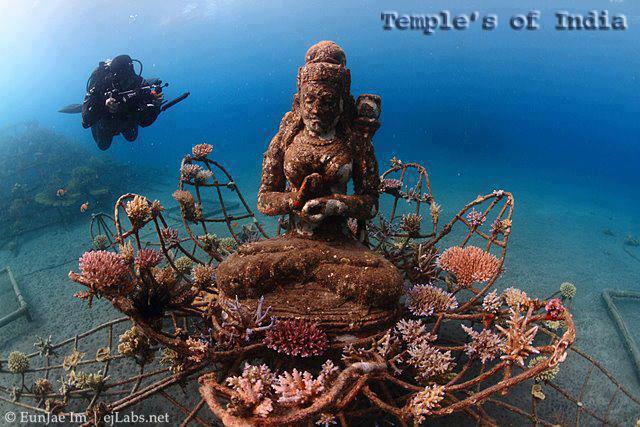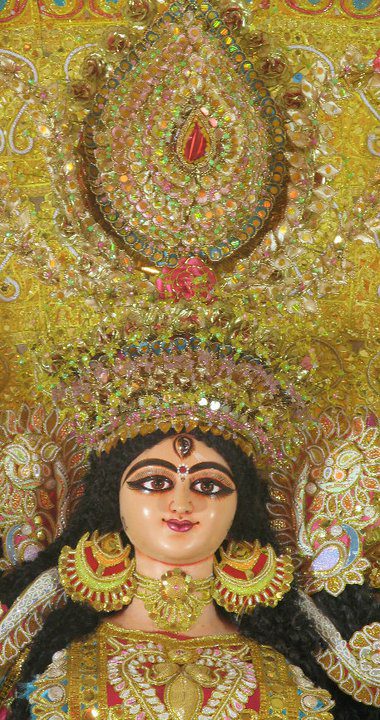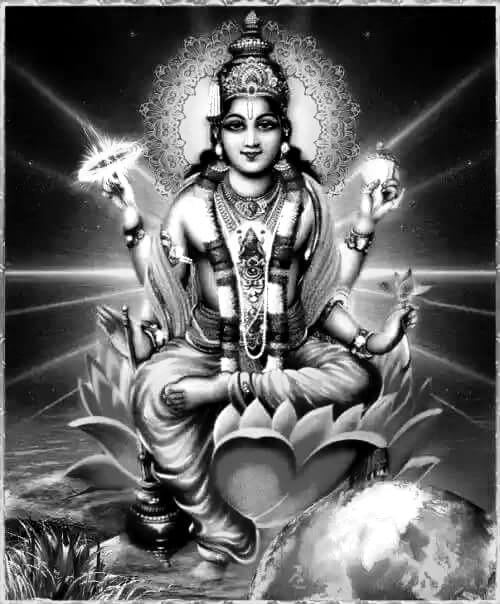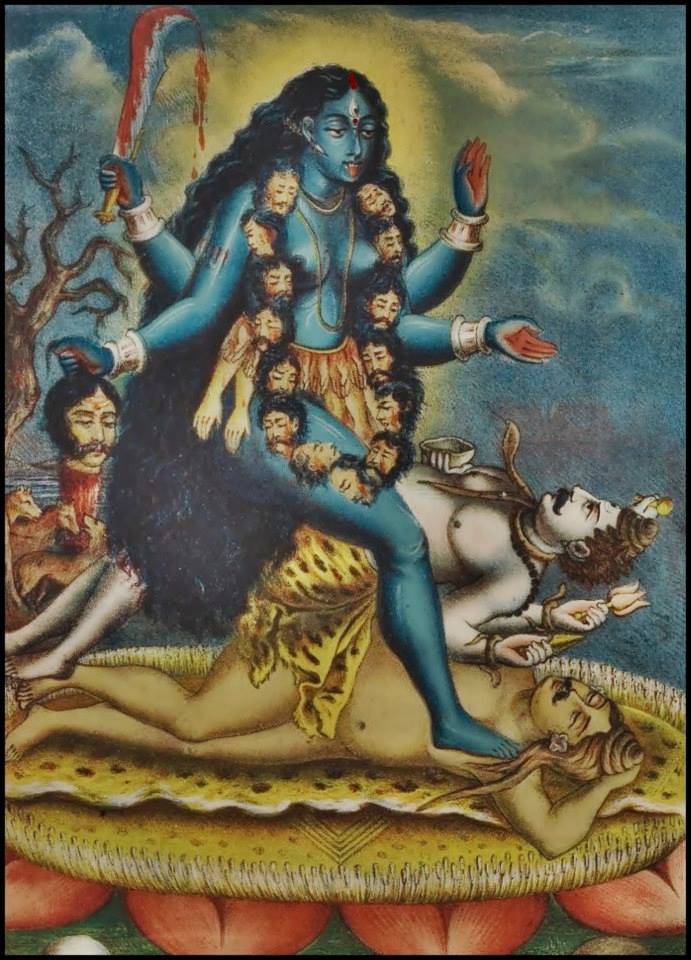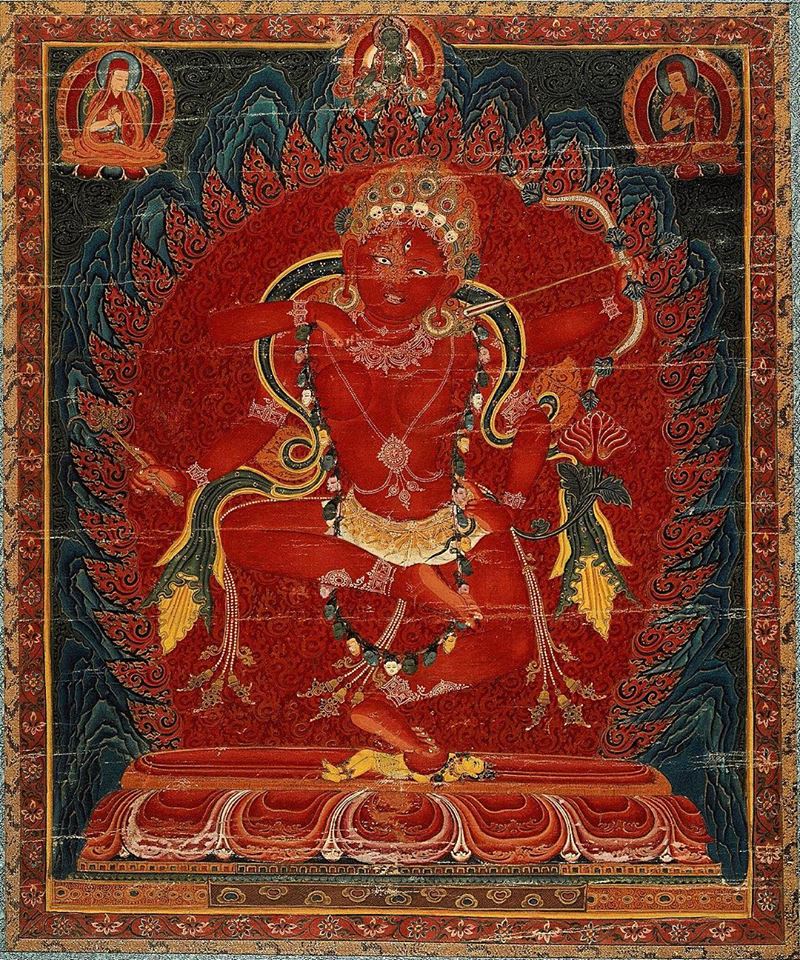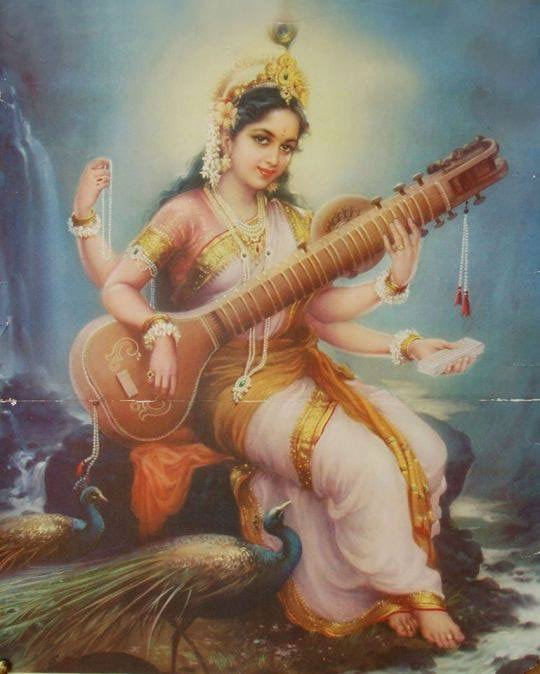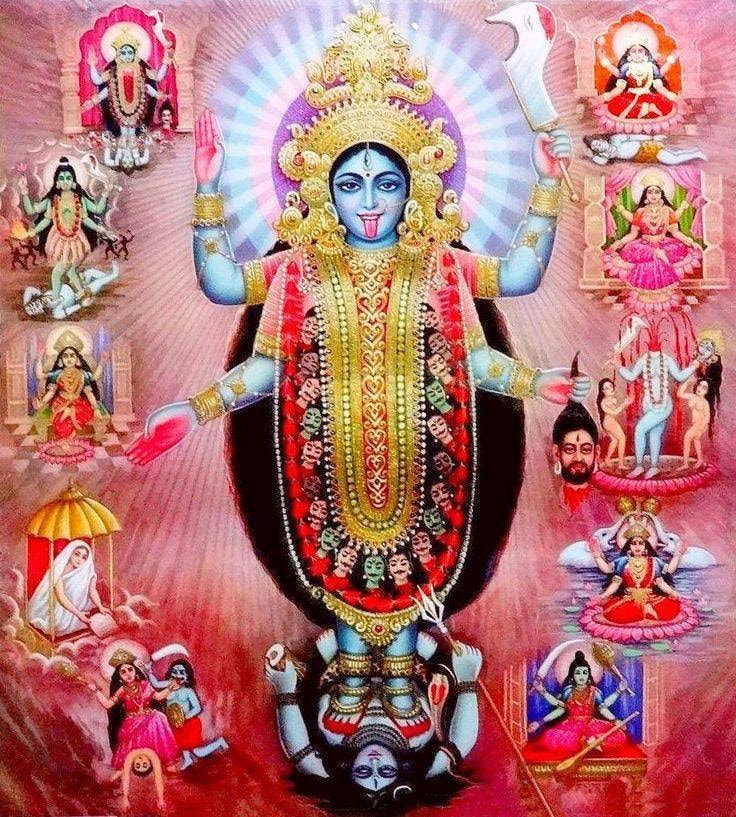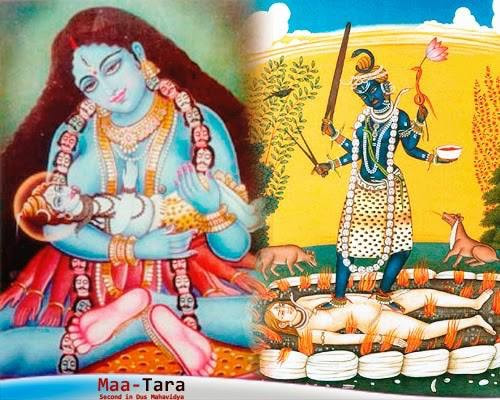Statue of Durga Mahishasuramardini or according to local legend known as Loro Jonggrang, inside northern cellar of Shiva temple, Prambanan, Central Java, Indonesia.
Prambanan or Rara Jonggrang is a 9th-century Hindu temple compound in Special Region of Yogyakarta, Indonesia, dedicated to the Trimūrti, the expression of God as the Creator (Brahma), the Preserver (Vishnu) and the Transformer (Shiva). The temple compound is located approximately 17 kilometres (11 mi) northeast of the city of Yogyakarta on the boundary between Central Java and Yogyakarta provinces.
The Prambanan temple is the largest Hindu temple of ancient Java, and the first building was completed in the mid-9th century. It was likely started by Rakai Pikatan as the Hindu Sanjaya Dynasty's answer to the Buddhist Sailendra Dynasty's Borobudur and Sewu temples nearby. Historians suggest that the construction of Prambanan probably was meant to mark the return of the Hindu Sanjaya Dynasty to power in Central Java after almost a century of Buddhist Sailendra Dynasty domination. The construction of this massive Hindu temple signifies that the Medang court had shifted its patronage from Mahayana Buddhism to Shaivite Hinduism.
A temple was first built at the site around 850 CE by Rakai Pikatan and expanded extensively by King Lokapala and Balitung Maha Sambu the Sanjaya king of the Mataram Kingdom. According to the Shivagrha inscription of 856 CE, the temple was built to honor Lord Shiva, and its original name was Shiva-grha (the House of Shiva) or Shiva-laya (the Realm of Shiva). According to the Shivagrha inscription, a public water project to change the course of a river near Shivagrha temple was undertaken during the construction of the temple. The river, identified as the Opak River, now runs north to south on the western side of the Prambanan temple compound. Historians suggest that originally the river was curved further to east and was deemed too near to the main temple.[citation needed] The project was done by cutting the river along a north to south axis along the outer wall of the Shivagrha Temple compound. The former river course was filled in and made level to create a wider space for the temple expansion, the space for rows of pervara (complementary) temples.
Some archaeologists propose that the statue of Shiva in the garbhagriha (central chamber) of the main temple was modelled after King Balitung, serving as a depiction of his deified self after death.
The temple compound was expanded by successive Mataram kings, such as Daksa and Tulodong, with the addition of hundreds of perwara temples around the chief temple. Prambanan served as the royal temple of the Kingdom of Mataram, with most of the state's religious ceremonies and sacrifices being conducted there. At the height of the kingdom, scholars estimate that hundreds of brahmins with their disciples lived within the outer wall of the temple compound. The urban center and the court of Mataram were located nearby, somewhere in the Prambanan Plain.
Source: Wikipedia







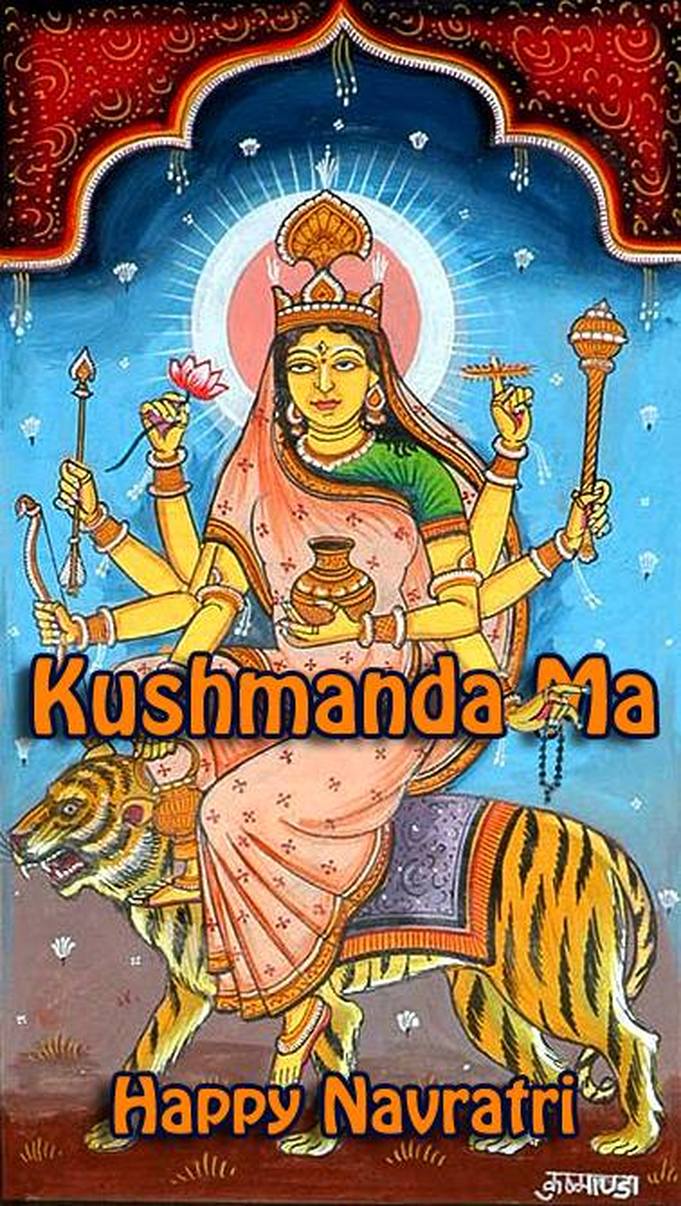
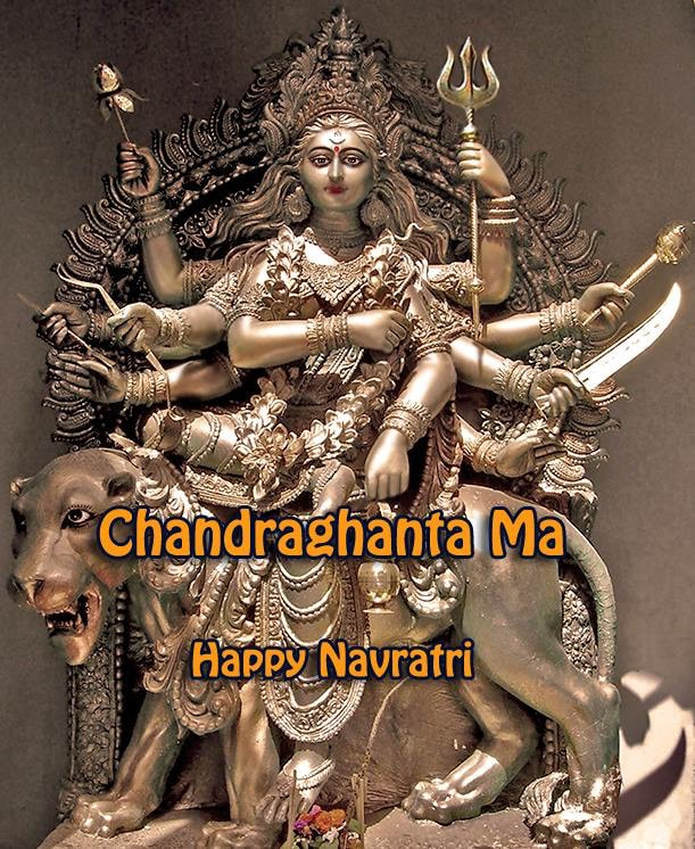











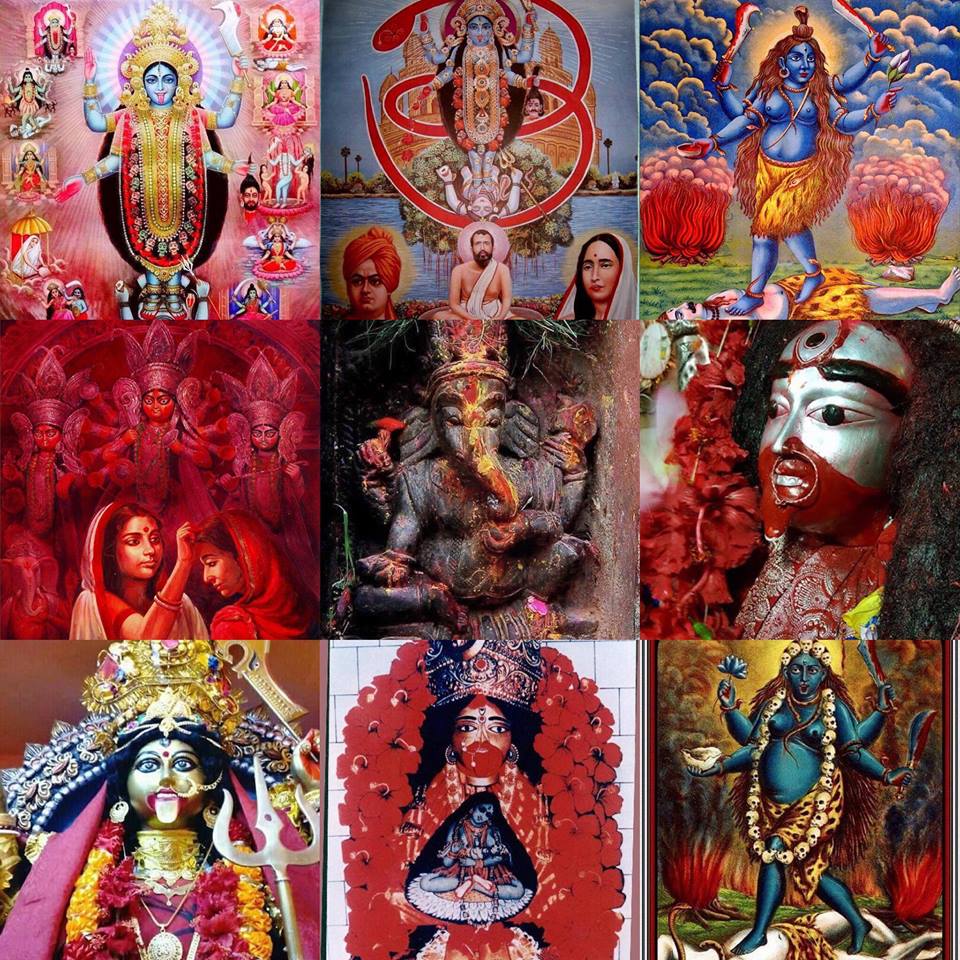
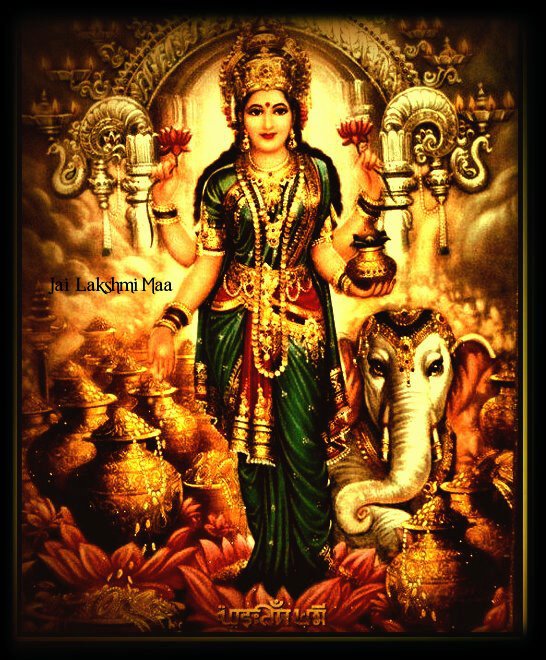

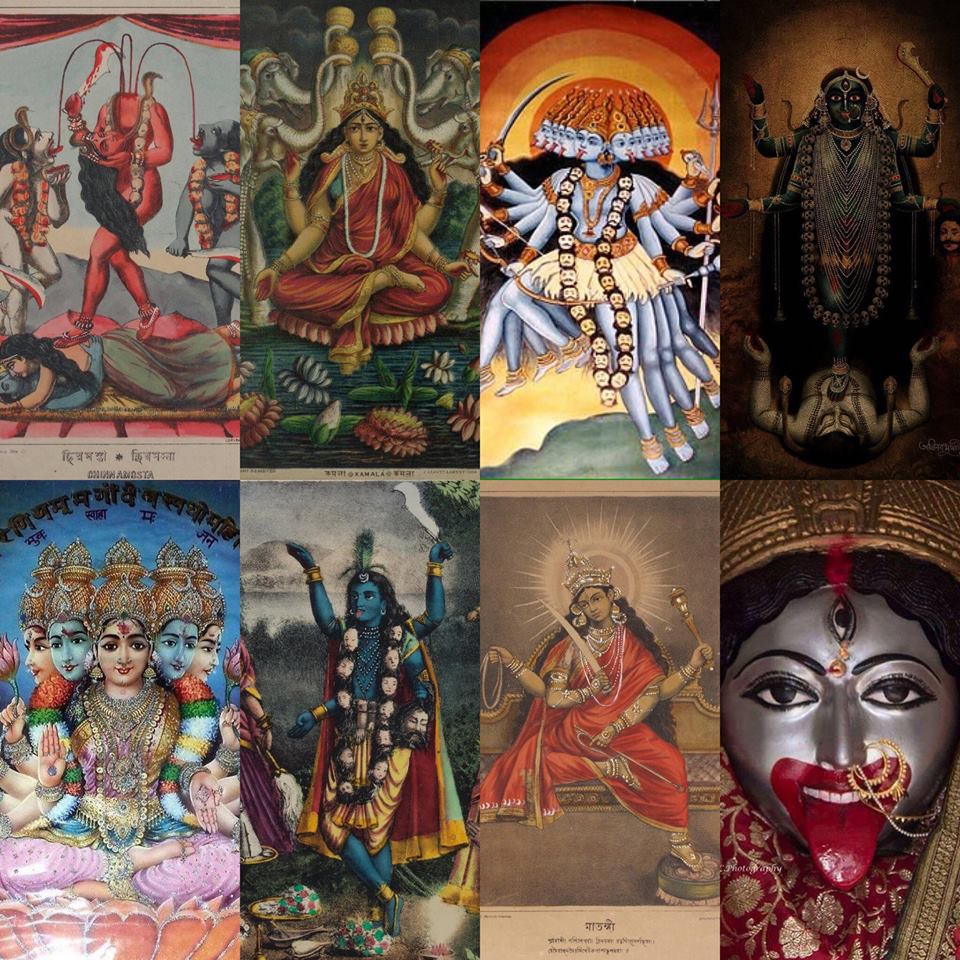
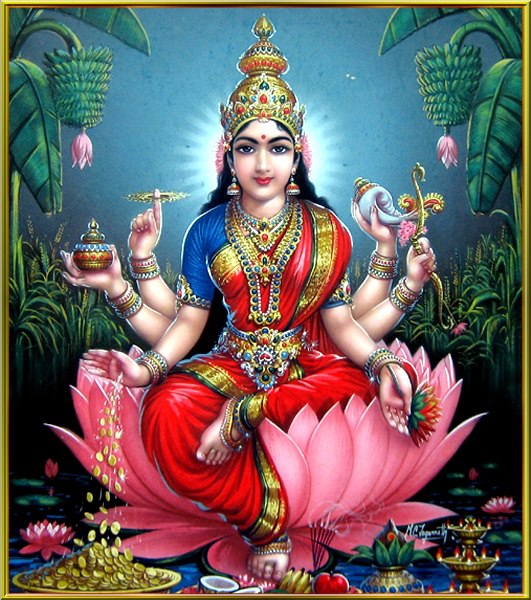



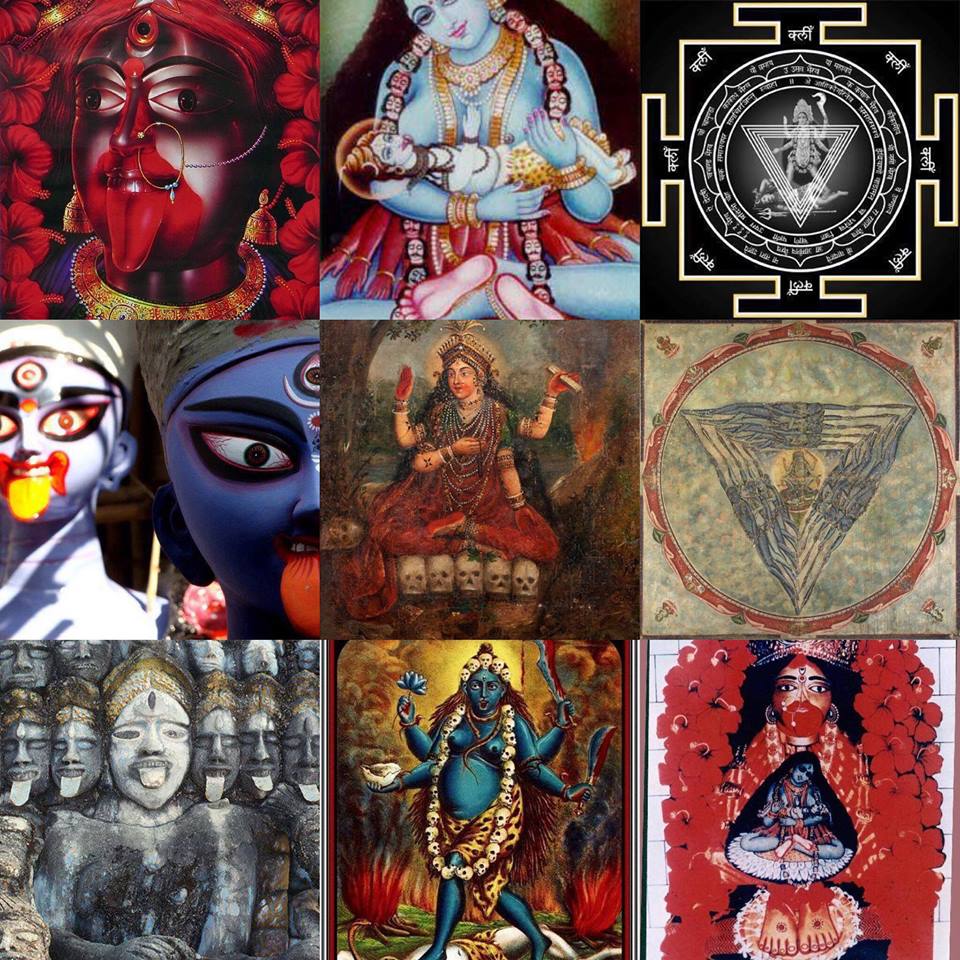


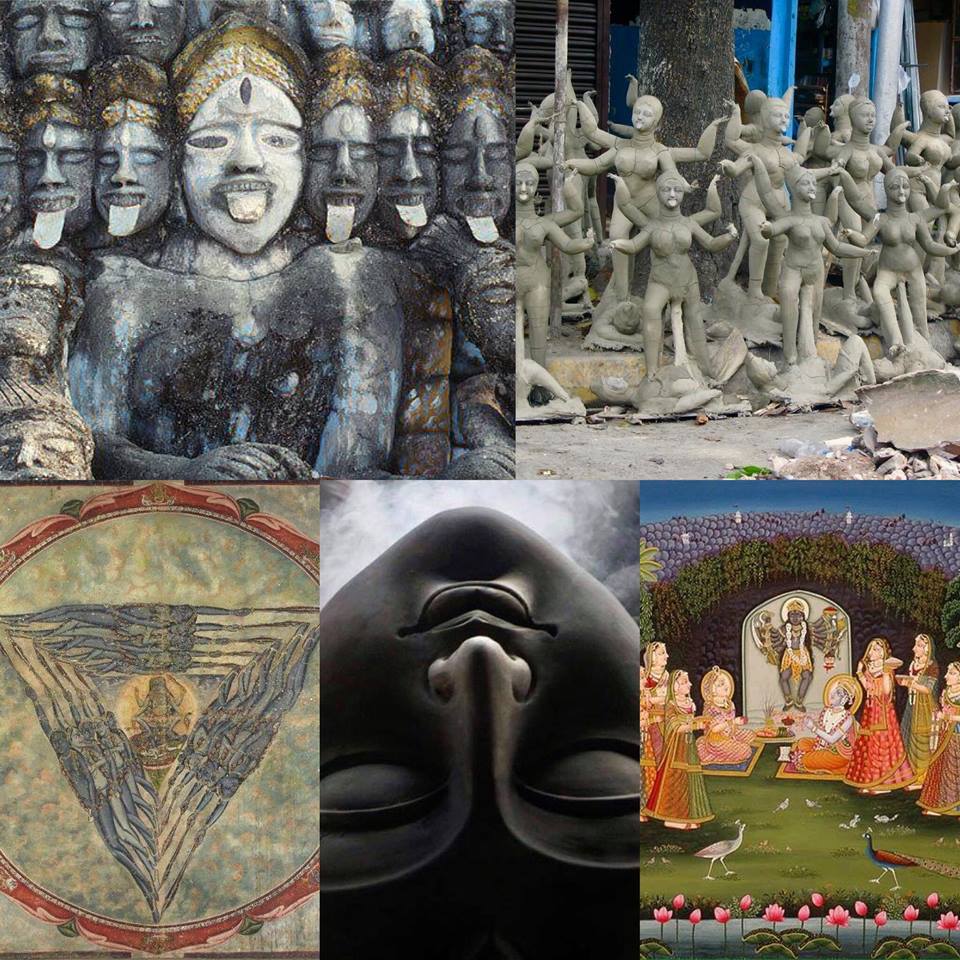







 RSS Feed
RSS Feed























